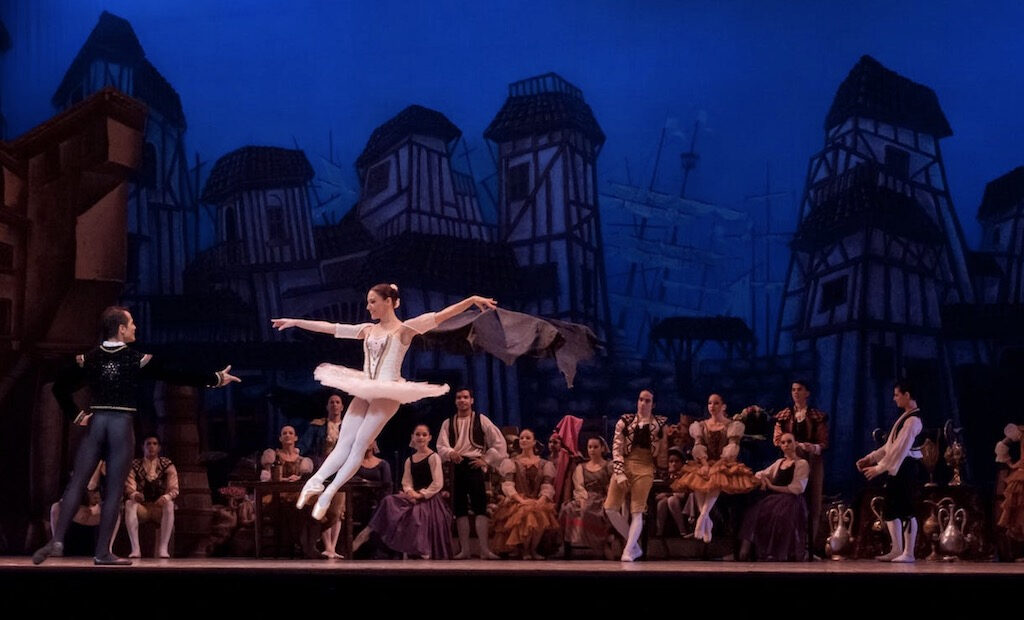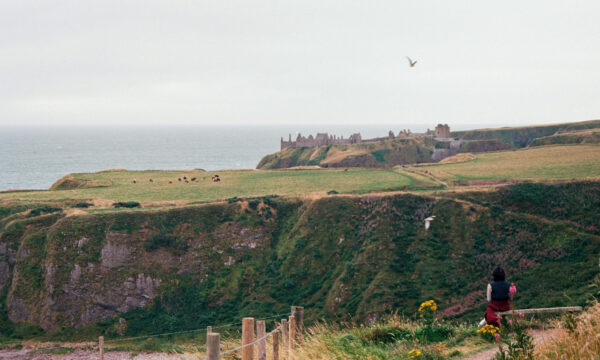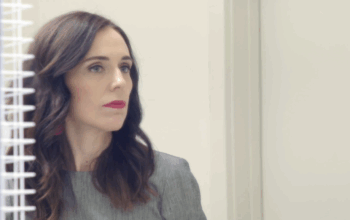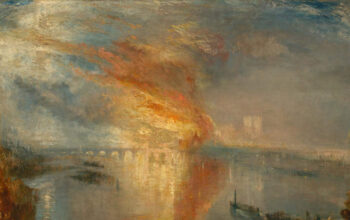Dramatic arts across the ages: The development of the theatre

Despite holding on to some fundamentals (performers, an audience), theatre has really transformed over the years. It’s one of the oldest forms of art, so it has certainly had plenty of time to evolve as the centuries have gone by. At one point, all theatre performers were men – even if they were playing a female role. Historically, actors also often worn masks, in settings from Japan to Ancient Greece. From the days of antiquity, there was usually a chorus, which was a group of actors who acted as the conscience or interior voice for main characters. The members of the chorus also functioned as advice givers. This setup translates to an extent to today’s ensemble cast, which complements and clarifies the action on stage. Years ago, formats for drama were relatively rigid, and there were really only tragedies and comedies. Today’s theatre, though loosely grounded in the same concepts, is broader ranging.
Ticketing and sales
Back in the day, one didn’t have to pay for a ticket. Now, on the other hand, it’s very rare to go to any show where no form of entry pass or payment is needed at all. Things changed when theatre arenas were built, as it was necessary to book a specific seat in order to view the show – similar to seating in stadiums for sporting events, and more recently tournaments for the gaming industry. Nowadays there are sites that operate predominantly online, and since lockdown many theatre shows have gone in the same direction. It’s easy to watch shows from the comfort of home, buy tickets online or even send live streams to another person, though of course the in-person experience is very different.
Show themes
A long time ago, it was very common to have prescribed themes for theatre show, which were often repeated and took place at specific times of year. Companies often re-enacted stories from the Bible, which were told at different times in the religious calendar. Early Protestants were angry with the dramatisation of Christian texts in the religious plays, and their protests prompted a burst of theatrical creativity, with playwrights forced to think outside the box and come up with new concepts and opportunities.
Open-air structures
It’s impossible to talk about the evolution of theatre shows without acknowledging William Shakespeare. It was during his era, around the turn of the 17th century, that contemporary theatre closer to what is produced today took the stage – some of the masterworks of the time are still shown at current theatres. Queen Elizabeth I happened to be a huge supporter of the dramatic arts, and this was when a lot of permanent theatre houses began to open. They were open-air and were in fact very similar to the venues today, with semi-circular galleries and a pit below. The cheapest tickets were usually on the floor, and if it rained, the audience got soaked. They were rowdy and fights would often break out. A lot of people began to look down on this, and which is one of the reasons tickets were introduced, to ensure that the theatre never went over capacity and those who paid for tickets were actually there to see the show. It’s incredible to see how far things have come over the years and it is also remarkable to see the love for theatre to this day.
The editorial unit

























Facebook
Twitter
Instagram
YouTube
RSS